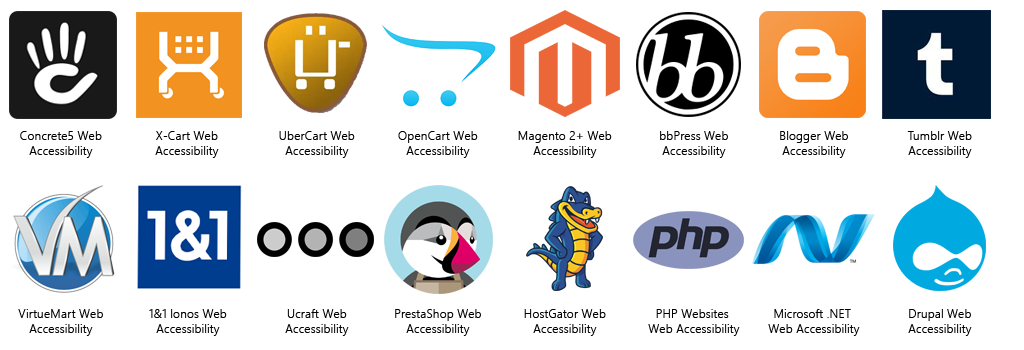
Watch the short introduction video to learn more about what our business will provide for you in the long-term, and why so many businesses trust BENT Enterprise to handle their SEO.
Elevate Your Business with Professional Web Design from BENT ENTERPRISE
Enhance your online presence and drive sales with BENT Enterprise’s professional web design services, offering tailored solutions, ADA-compliant design, and a client-centered approach.
Importance of Professional Web Design for Businesses
In today’s digital age, having a well-designed website is crucial for any business. It establishes credibility , attracts customers, and boosts sales. The design of a website significantly impacts the user experience, search engine visibility, and overall brand image. Recent statistics reveal a strong correlation between professional web design and business success. For instance, 75% of users base a company’s credibility on its website design, and 38% of users will stop interacting with a website if the layout is unattractive.
Services Offered by BENT ENTERPRISE
BENT ENTERPRISE goes beyond the traditional scope of web design services. The company specializes in WordPress customization, database creation and management, and ADA-compliant designs, amongst other services. ADA compliance ensures that websites are accessible to people with disabilities, promoting inclusivity and reaching a wider audience.
BENT Enterprise’s web design process involves collaborating with clients to understand their vision and brand essence. The team offers tailored solutions using WordPress and custom HTML to create websites that truly reflect a business’s identity. Moreover, the company places a strong emphasis on robust search engine optimization (SEO), ensuring that websites gain visibility and rank higher on search engines.
Showcasing Successful Web Design Projects in Philadelphia
BENT Enterprise has a proven track record of successful web design projects in Philadelphia. Their client-centered approach has significantly improved clients’ online presence and sales.
The company’s extensive portfolio and list of satisfied clients demonstrate their expertise and experience in the industry. Testimonials from clients laud the company’s professionalism, creativity, and dedication to delivering excellent results.
Current Trends and Key Considerations in Web Design
Staying updated with current trends in web design is crucial in the digital landscape. BENT Enterprise prioritizes this, ensuring that their designs are modern, responsive, and user-friendly. When choosing a web design firm, businesses should consider factors such as the firm’s industry experience, portfolio, and client testimonials.
BENT Enterprise’s client-centered approach ensures that business requirements and return on investment are prioritized. Their web developers are experienced and certified, providing high-quality web design services that generate tangible results for businesses.
 Affordability and Customization of Web Design Services
Affordability and Customization of Web Design Services
BENT Enterprise offers affordable domain registration, web hosting, and combo offers to businesses. The company provides customizable website themes, plugins, and logos, enhancing the look and functionality of websites. This allows businesses to have a website that is not only visually appealing but also resonates with their brand identity.
 Conclusion: Empowering Your Business with BENT Enterprise’s Web Design Solutions
Conclusion: Empowering Your Business with BENT Enterprise’s Web Design Solutions
Professional web design is a potent tool for business success. BENT Enterprise provides specialized web design services that enhance online presence, drive sales, and promote brand identity. Businesses looking to boost their digital footprint should explore BENT Enterprise’s expertise and experience.
Contact Us today to learn more about our tailored web design solutions. Their team is ready to help you empower your business and achieve your digital goals.
OUR PROCESS
Planning
Understanding what you want out of your site and how do you plan to implement it.
Design
We will Create a beautiful, affordable website design for your creative marketing project
SEO
The goal of on page and off page optimization is to generate a theme consistent with your targeted keywords
Launch
After successful testing the product is delivered / deployed to the customer for their use
Maintenance
It is an important step which makes sure that your site works with efficiency all the time
SUPPORTED PLATFORMS & CMS
BENT supports ALL cross-platform, using our cutting edge technology based on unique AI algorithms.
We can help you make your website and all your digital content accessible without modifying your code.

























